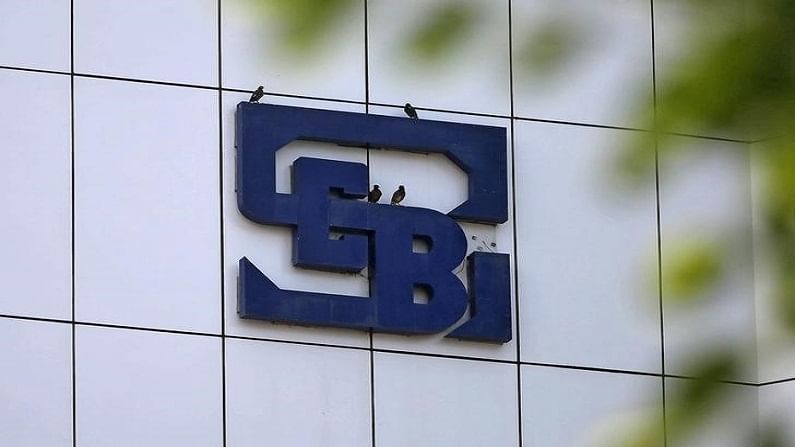Sebi considers swing price mechanism for debt mutual funds
If introduced, it will be an effective instrument by which investor interests are protected, believes market experts

The Securities and Exchange Board of India (Sebi) on July 19, 2021, proposed a swing pricing mechanism for open-ended mutual fund debt schemes. If introduced, it will be an effective instrument by which investor interests are protected, believes market experts.
Understanding swing price
There are various costs that fund houses incur while buying or selling securities for a mutual fund scheme. This includes brokerage, taxes, additional costs by way of wide spreads in market quotes, etc.
These elements of cost become more prominent during times of market dislocation. There may be large investments or redemptions from funds at times in response to several events and developments.
Big investments and redemptions almost always adversely affect the investors who continue to stay invested. If there is a significant exit from a scheme and the fund manager has to sell off a huge quantum of securities at an adverse price, if there is no swing pricing, the cost of the redemption is borne by the investors who continue to hold the units in that scheme believes experts.
“Swing pricing ensures that there are adjustments made to the net asset value (NAV) so that those who are exiting the scheme in a big way pay the costs. The trigger for swing pricing is often taken as a certain pre-fixed percentage of the asset size, and once that size is breached, the swing pricing is resorted to. Thresholds are fixed for the swing pricing and it is applied in situations of market dislocation,” explained Joseph Thomas, Head of Research, Emkay Wealth Management.
What does this mean for mutual fund investors?
Swing pricing is not intended to reduce the costs in any way but is singularly targeted at bulk investments and exits which may entail higher costs, and those who are entering or exiting at that time actually pay the costs.
“In simple terms, the existing investor’s interests are protected as the costs are borne by those who are entering or exiting. In other words, it is a mechanism by which the costs are apportioned to those who are entering or exiting,” explained Thomas.
Swing pricing is in force across key global markets already. Considering the nascent state of India’s bond market and lessons from the Franklin Templeton debacle, the move to introduce swing pricing is a step in the right direction. “The introduction of swing pricing will ensure transacting investors are assigned a liquidity cost that will be comparable to most other liquidity sources and existing investors do not bear the brunt of incremental costs that come along with transacting during dislocated markets,” said Anand Dalmia, Co-founder, Fisdom.
How will this impact the fund houses?
Swing pricing, whether full or partial, should be carefully studied and applied by asset management companies. It will make sense to look at the past trends in large exits and entries and see the impacts such transactions had on NAVs and resultant dilution, and thereafter they may decide about the implementation of swing pricing.
Swing pricing practices will stabilise in the asset management ecosystem. However, there are a few immediate challenges that AMCs would need to address. For instance, AMCs could find it difficult to accurately define and effectively transmit all costs created by transacting investors.
“Fund houses will have to devise a simplified yet effective communication strategy to inform all investors of applicable swing thresholds and factors to ensure that investors do not resort to panic-induced redemption,” explained Dalmia.
In the first phase, Sebi proposes to implement swing pricing only during times of extreme market dislocations which lead to excessive net outflows from open-ended debt schemes tagged as having ‘high’ or ‘very high’ risk per risk-o-meter disclosure. Sebi has asked for comments from the public on the proposed framework till August 20, 2021.